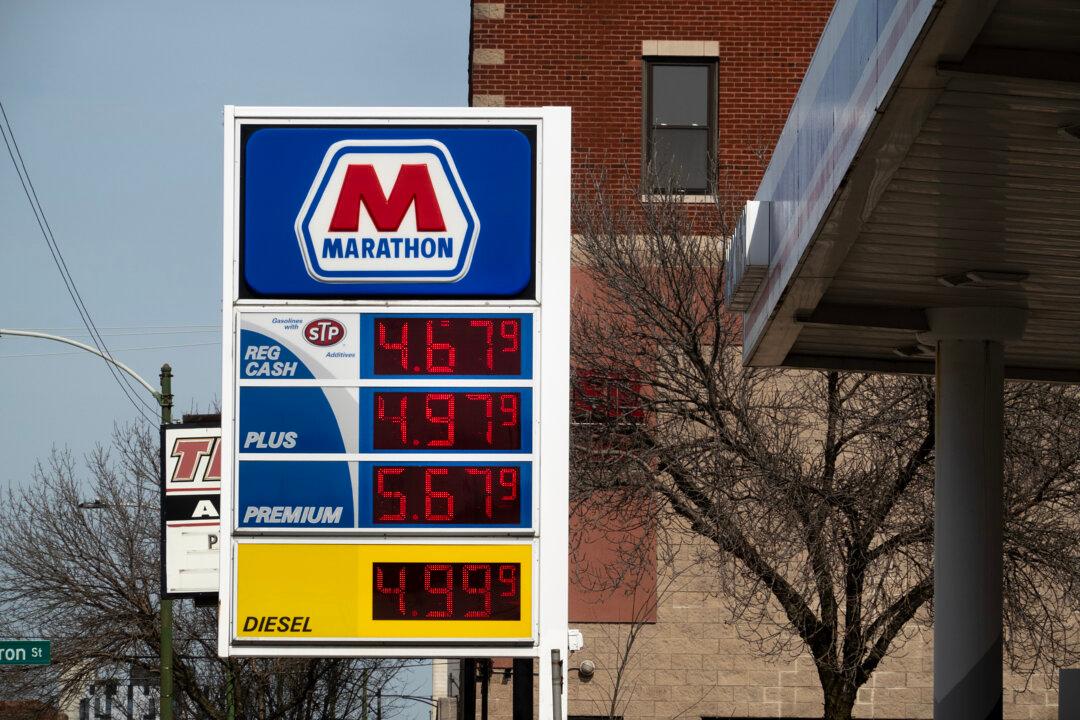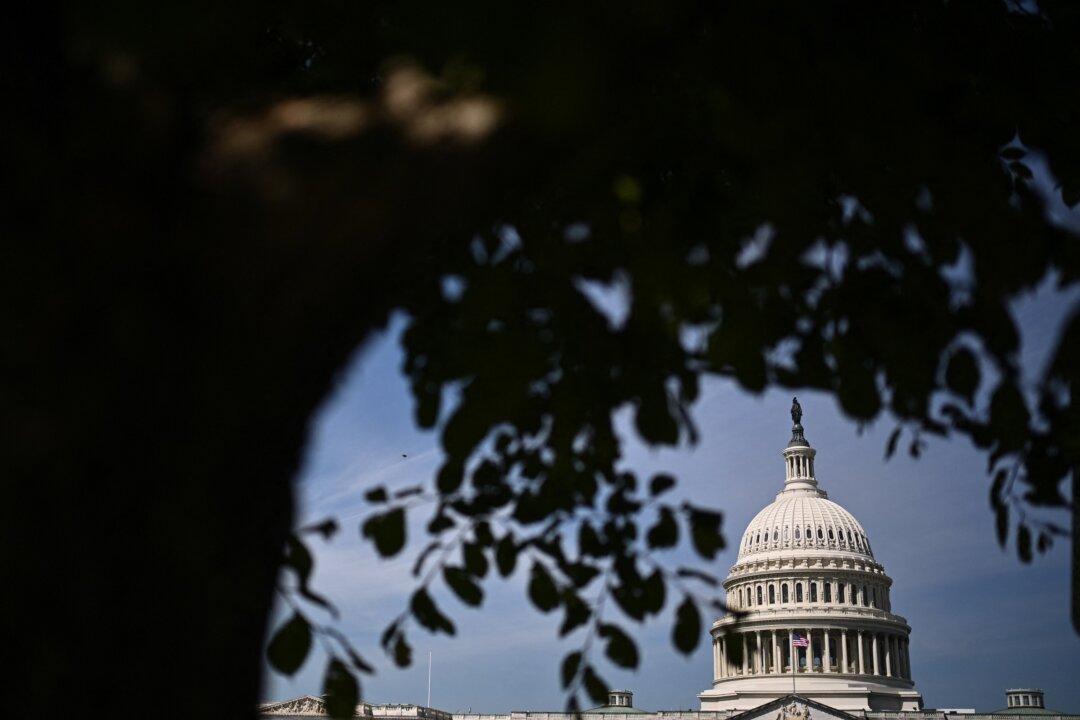There is no question the Federal Reserve will raise rates this year, with most analysts expecting the first rate increase in March. Goldman Sachs estimates the Fed will raise rates seven times in 2022 and prices in nearly all categories are surging to 40-year highs.

Recently, the producer price index rose 9.7 percent from January 2021. On Wednesday, Energy Word founder Dan Dicker forecast $5.00, $6.50, or even $7.00 gallons of gas in the near future if oil prices continue to rise. Also on Wednesday, investing legend Charlie Munger shared that he was worried about inflation and that it posed a risk to democracies worldwide. Munger added, “the troubles that come to us could be worse than what Volcker was dealing with, and harder to fix,” comparing the current inflation woes to similar issues in the 1970s.
The inflation debacle of the 1970s lasted from late 1972 until the early 1980s and was largely driven by poor policy choices. One noted issue was the removal of the gold standard, when President Richard Nixon severed the U.S. dollar from gold. Afterward the dollar began to tumble and the rest is history. In a May 2021 article, Kathy Jones, chief fixed income strategist at the Schwab Center for Financial Research, stated: “When Nixon took office, he was eager to see the economy rebound. He replaced long-serving Fed Chair Martin with Arthur Burns in 1970. At the same time, the dollar was under pressure due to expanding trade deficits, with major trading partners (mostly France) demanding gold in place of currency. Instead, in 1971, Nixon severed the dollar’s last ties to the gold standard, effectively ending the Bretton Woods agreement and allowing the dollar to float freely. It fell by about 15% over the next few years, pushing up import prices.”
On Thursday, Cleveland Fed President Loretta Mester stated: “Barring a material change in the economy, I anticipate that it will be appropriate to move the funds rate up at a faster pace this time and to begin reducing the size of the balance sheet soon and more quickly than last time.”
Also on Thursday, St. Louis Fed president James Bullard reiterated his aggressive stance, suggesting the Fed raise rates as much as 1 percentage point by July.
Economic consultancy Oxford Economics wrote in a note to investors this month: “the Fed sees its top priority as taming inflation. These strong price data raise the prospect of the Fed starting its tightening cycle with a 50 [basis point] rate hike at its March policy meeting, followed by consecutive rate hikes at the subsequent meetings.”
In order to combat inflation and economic irregularities the Fed has a few tools, but they are limited in scope. In this case the Fed can raise rates and sell securities (stocks, bonds, mortgages) currently held on the Fed balance sheet. It can also set rough guidelines and policies, but that’s about it. If rates are dramatically increased to the point that the Fed inadvertently causes a recession, there is not much it can do about it in the short term, and there is little it can do apart from lowering rates and repurchasing the securities it unloaded. Aggressive rate increases could trigger a recession or perhaps economic travesty. The threat of a recession will greatly affect the U.S. stock markets, imports, and nearly every item consumers use, from food and clothing to gasoline and used cars.
Used car prices have already risen to record levels, with the average price of a used car now over $28,000, according to prices released by Cox Automotive in December 2021. This is due to a number of factors including a surge in customer demand following the lockdowns of 2020 and a semiconductor chip shortage.
On another note, food prices are expected to hit a 20-year high. The USDA Food Price Outlook reported January 2022: “In 2021 food prices increased 3.5% and food at restaurants increased 4.5%. Food price increases are expected to be between 20-year averages and the rapid increases observed during the pandemic. In 2022, food-at-home prices are predicted to increase between 1.5 and 2.5 percent, and food-away-from-home prices are predicted to increase between 3.5 and 4.5 percent. Price increases for food away from home are expected to exceed historical averages but be at or below the inflation rate in 2021. Upward pressures on meat prices are expected to ease in the latter half of 2022. Price increases are expected to more closely align with 20-year averages for most other food groups.”
One of the main issues with increasing food costs is the rising cost of gasoline, food packaging, and the continued issues with the global supply chain. Food prices from grocery stores are already 6.5 percent higher from December 2020 and are forecast to go even higher this year. As one can plainly see, consumer prices are delicate and closely correlated with policy decisions and global supply chains. To make matters even worse, the current political administration could drive consumer prices into absolute chaos if they set price controls on commodities and goods.





